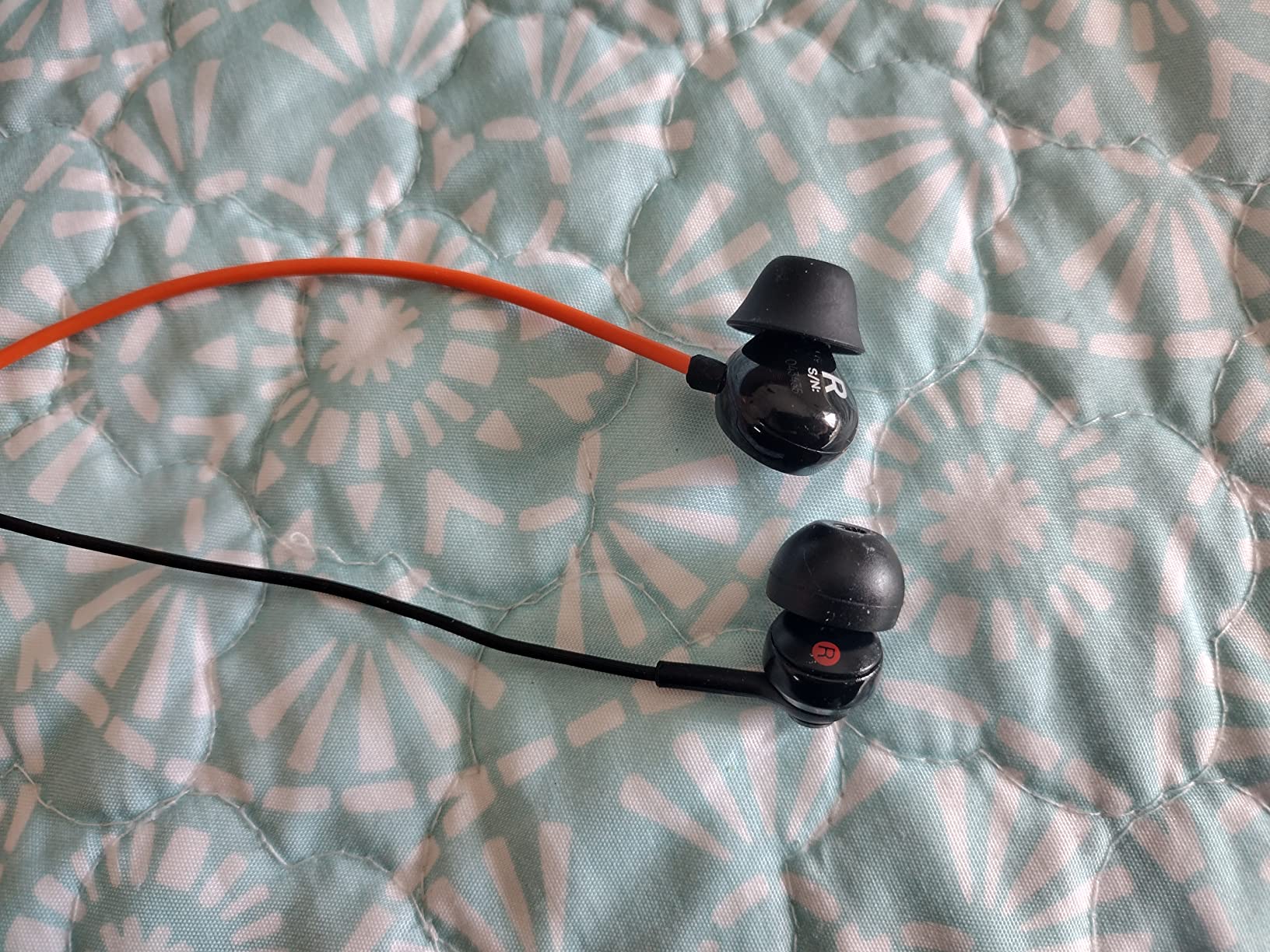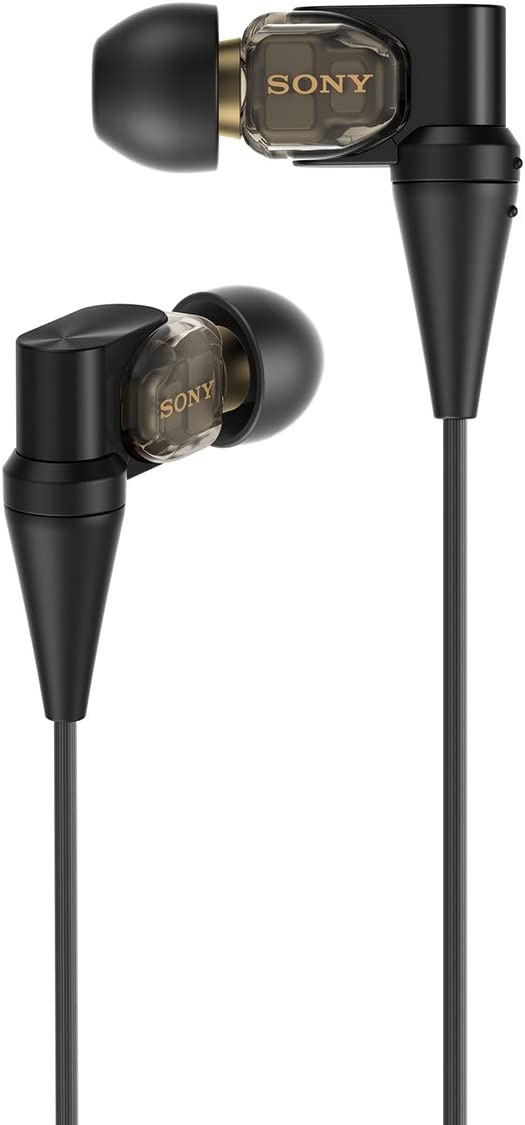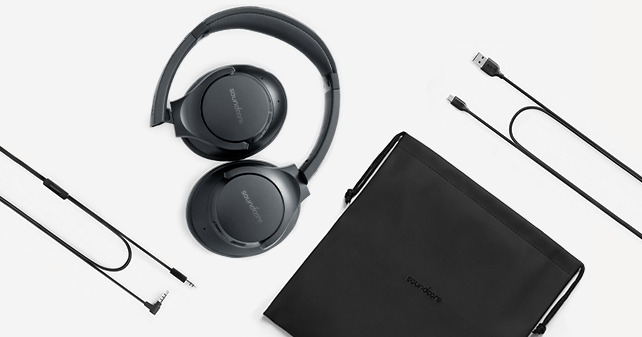Sennheiser CX 300S In-Ear Headphones: A Balanced and Natural Entry-Level Hi-Fi Option
Update on July 4, 2025, 8:48 a.m.
We’ve all been there. You’re on a crowded train, the city rattling past the window. You press your earbuds deeper into your ears, trying to find refuge in a favorite song. You turn up the volume, but it doesn’t help. The singer’s voice feels distant, the bass is a muddy thump, and the delicate guitar riff you love is completely lost in the surrounding chaos. It’s a frustrating, compromised experience.
But here’s a curious thought: have we become so used to this sonic fog that we’ve forgotten what our music is supposed to sound like? We’ve accepted a blurry, low-resolution version of our favorite art. The good news is that lifting this fog doesn’t require a second mortgage. It simply requires an understanding of a few core scientific principles—principles embodied in unassuming devices like the Sennheiser CX 300S, which serve as a perfect guide for our journey back to clarity.

The Alchemist in Your Ear: Beyond the Plastic Shell
Hidden from sight, inside the casing of every earphone, lies its heart: the transducer. This tiny component is a modern-day alchemist. Its sole purpose is to take the cold, digital electricity from your device and transmute it into the rich, vibrant, and emotional sound waves that we call music. The quality of this transmutation defines everything.
This is where a legacy like Sennheiser’s becomes tangible. Born from the ashes of post-war Germany in a university laboratory, Professor Dr. Fritz Sennheiser’s company was founded on a single ideal: the pursuit of perfect sound. For over 75 years, that pursuit has meant obsessing over the fidelity of their transducers. For the CX 300S, this translates into a commitment to what is known as a “balanced” sound.
Imagine a master chef preparing a complex dish. They don’t just dump a pound of salt on it; they carefully balance sweet, sour, savory, and bitter to create a harmonious whole. In the audio world, many popular headphones act like that salt-happy cook, excessively boosting the bass to create an immediate, thumping “wow” factor. A balanced headphone, however, respects the entire recipe. It gives the bass its solid foundation, allows the vocals and instruments in the midrange to breathe, and lets the high-frequency details, like the shimmer of a cymbal, sparkle.
This isn’t just an aesthetic choice; it’s rooted in psychoacoustics—the science of how we perceive sound. Our ears are naturally most sensitive to the midrange, and research into equal-loudness contours shows that a balanced sound is less fatiguing and perceived as more natural over longer listening periods. It’s the difference between a thrilling roller-coaster ride and a deeply satisfying, immersive journey through a musical landscape.
Building Your Private Concert Hall: The Magic of a Perfect Seal
Even the world’s greatest transducer is useless if its sound is drowned out by the world. This is where the physical design of an in-ear headphone becomes critical. The CX 300S uses a method called passive noise isolation, which is less about complex technology and more about elegant physics. Think of it as closing a heavy, sound-proofed door to a noisy street.
The secret to this magic is deceptively simple: the fit. Those four different sizes of silicone eartips (XS, S, M, L) included in the box are not mere accessories; they are the most important tuning tools you have. Finding the size that creates a gentle, complete seal in your ear canal does two amazing things simultaneously.
First, it physically blocks a significant amount of external high-frequency noise from ever reaching your eardrum. The chatter on the bus, the office hum—it all fades away. Second, and this is the “aha!” moment for many, that perfect seal creates a tiny, self-contained acoustic chamber inside your ear. This chamber is essential for the proper development of low-frequency sound waves. Without the seal, bass energy leaks out, resulting in a thin, anemic sound. With the seal, the bass is contained, becoming tight, punchy, and textured. As one user, Joseph Drobot, discovered, the key to unlocking the “powerful bass” was simply “having the right fit tip.” He didn’t change the headphone; he optimized its physics.

The Effortless Engine: Why Simple Power is Smart Power
In the world of audio, technical specifications can be intimidating. Take the “18-ohm impedance” rating of the CX 300S. It sounds complex, but the concept is straightforward. Impedance is essentially the measure of electrical resistance. Imagine two highways: one is a narrow, bumpy country lane (high impedance), and the other is a wide, smooth, eight-lane expressway (low impedance). To get a lot of traffic (the audio signal) down the country lane, you need to push it with a lot of force (a powerful, dedicated amplifier). But on the expressway, traffic flows freely with minimal effort.
At 18 ohms, the CX 300S is that expressway. It is a low-impedance device, meaning it’s incredibly efficient. It doesn’t need a special, powerful amplifier to perform at its peak. The standard headphone jack on your smartphone, laptop, or tablet provides more than enough power to make it sing. This is a deliberate, democratic design choice, ensuring that anyone can access high-quality sound without investing in additional, cumbersome gear. It’s a quiet testament to the enduring utility of the humble 3.5mm jack, a century-old standard that remains a bastion of reliable, latency-free, analog sound in an increasingly wireless world.
Hearing for the First Time, Again
Let’s return to that train. But this time, you’ve found the right eartips, creating that perfect seal. You press play. The world outside doesn’t vanish, but it recedes, becoming a muted backdrop. And then, the music begins. The bass line is no longer a vague thud; you can feel its texture, the subtle pluck of each string. The singer’s voice is right there, in the center of your head, and you can hear the faint breath they take before the chorus. That guitar riff you loved? It’s weaving through the song, every note crisp and clear. The fog has lifted.
Ultimately, the story of a headphone like the Sennheiser CX 300S isn’t about a single product. It’s a lesson in the power of fundamentals. It’s a reminder that truly great audio experiences are born not from marketing buzzwords or a laundry list of features, but from a deep respect for the sciences of acoustics, physics, and human perception. It’s an invitation to us all: go put on a good pair of properly-fitted headphones, play a song you’ve loved for years, and listen. Really listen. You might just be amazed at what you’ve been missing.
As with any design, there are trade-offs. The simple one-button remote lacks volume control, and as with many in-ear models, the cable can sometimes transmit rubbing sounds from your clothes—a physical phenomenon known as microphonics. But these are the compromises made to channel all engineering focus into one thing: the pure, unadulterated sound. And that is a trade-off that pays beautiful dividends every time you press play.



























































